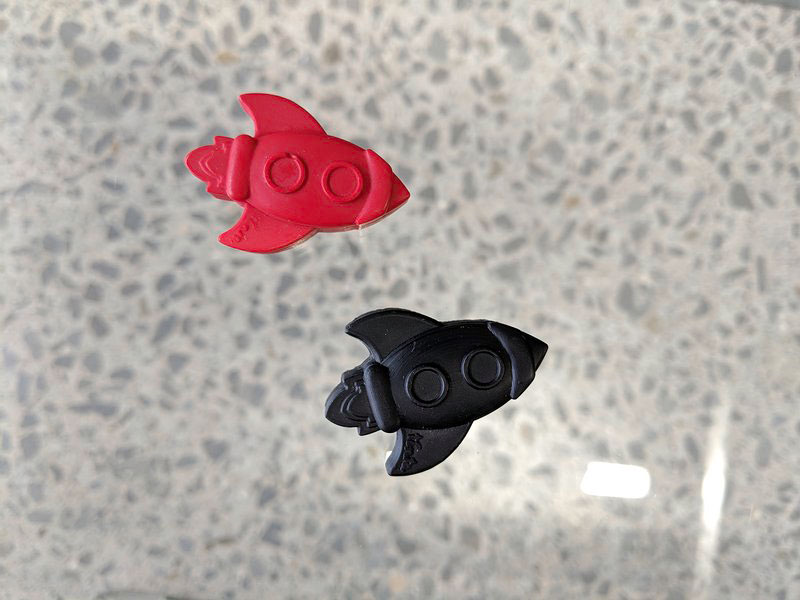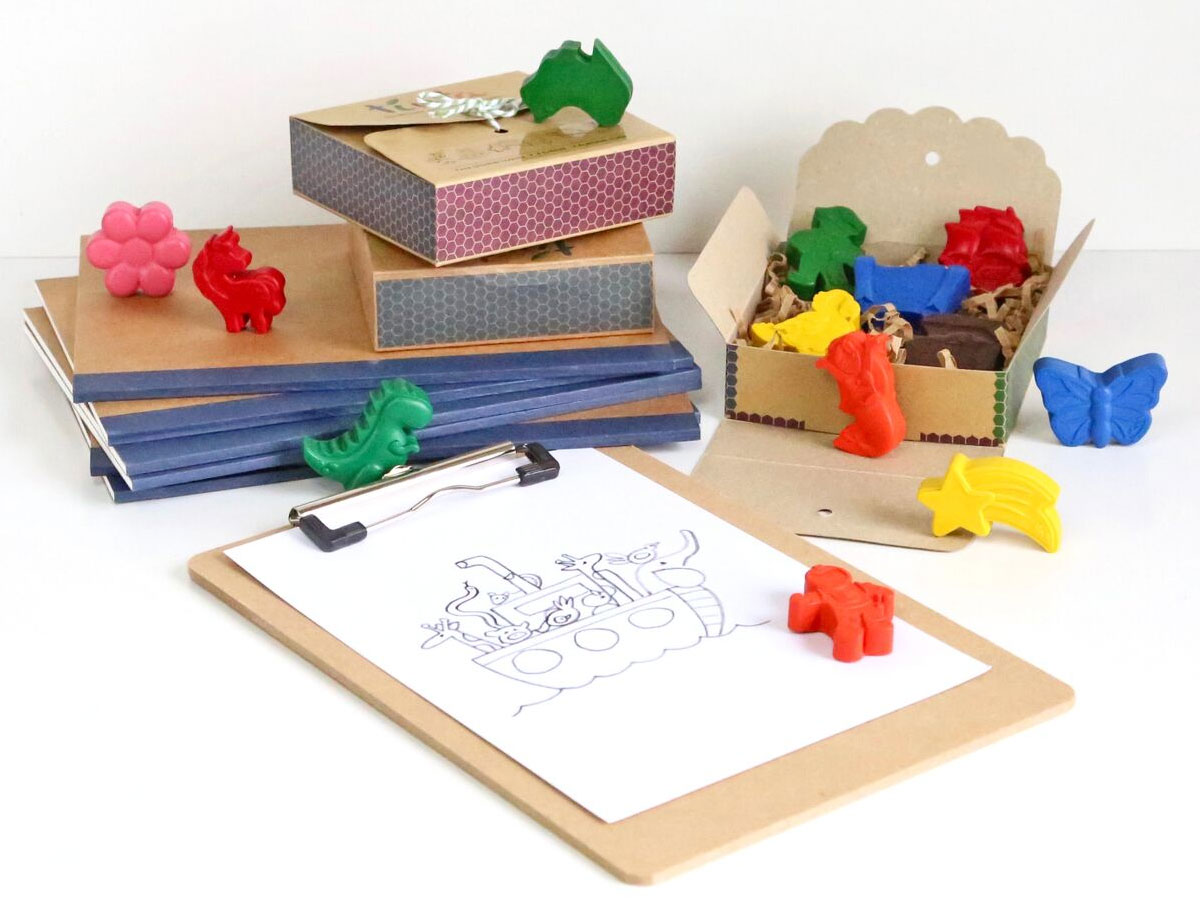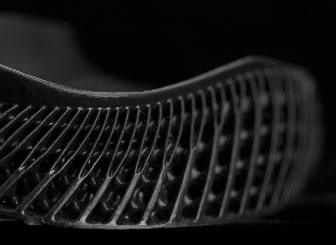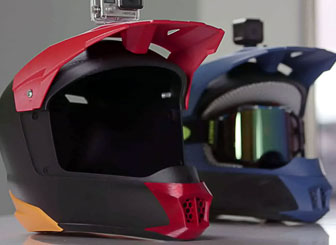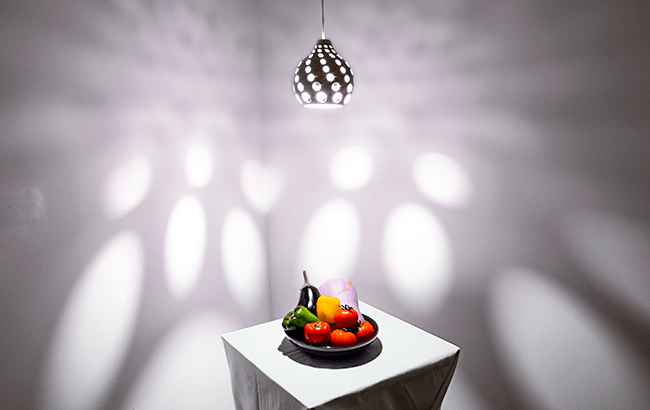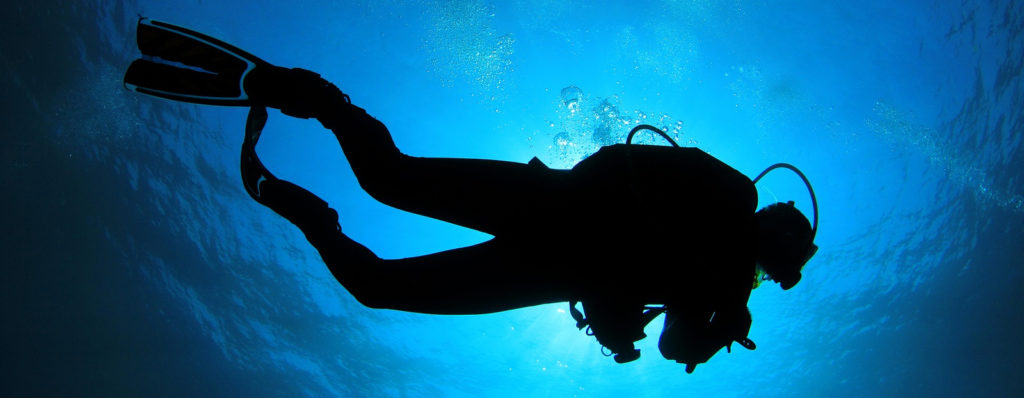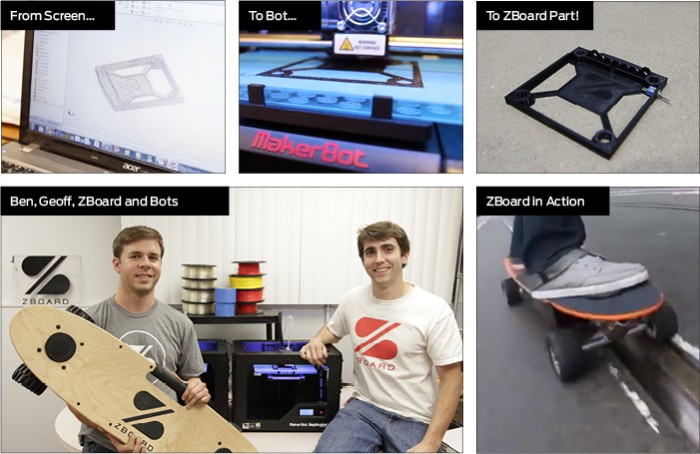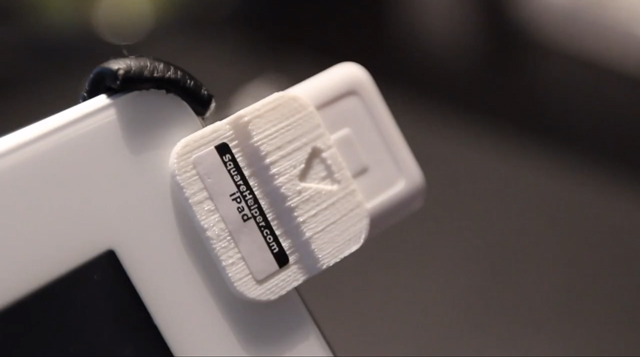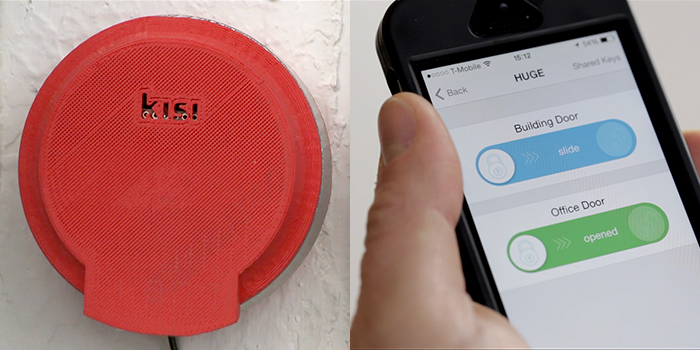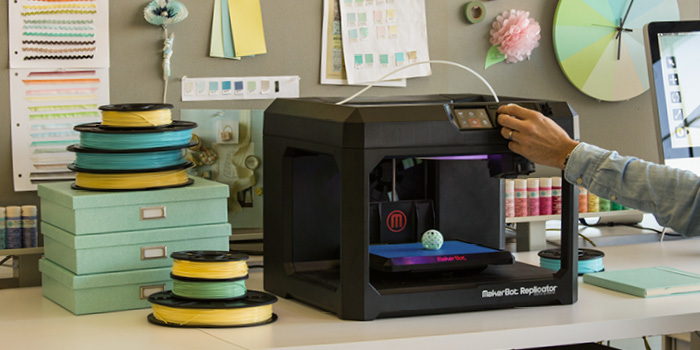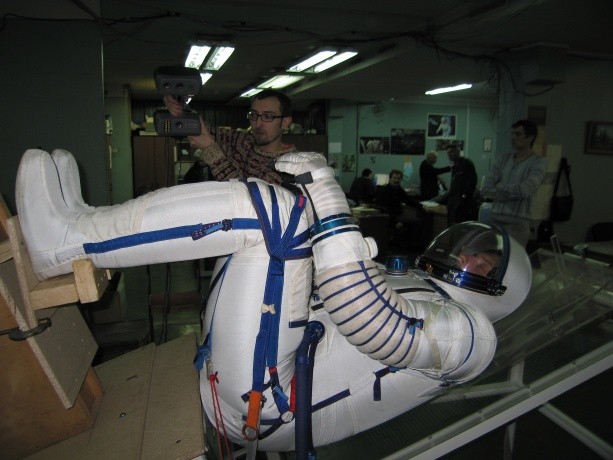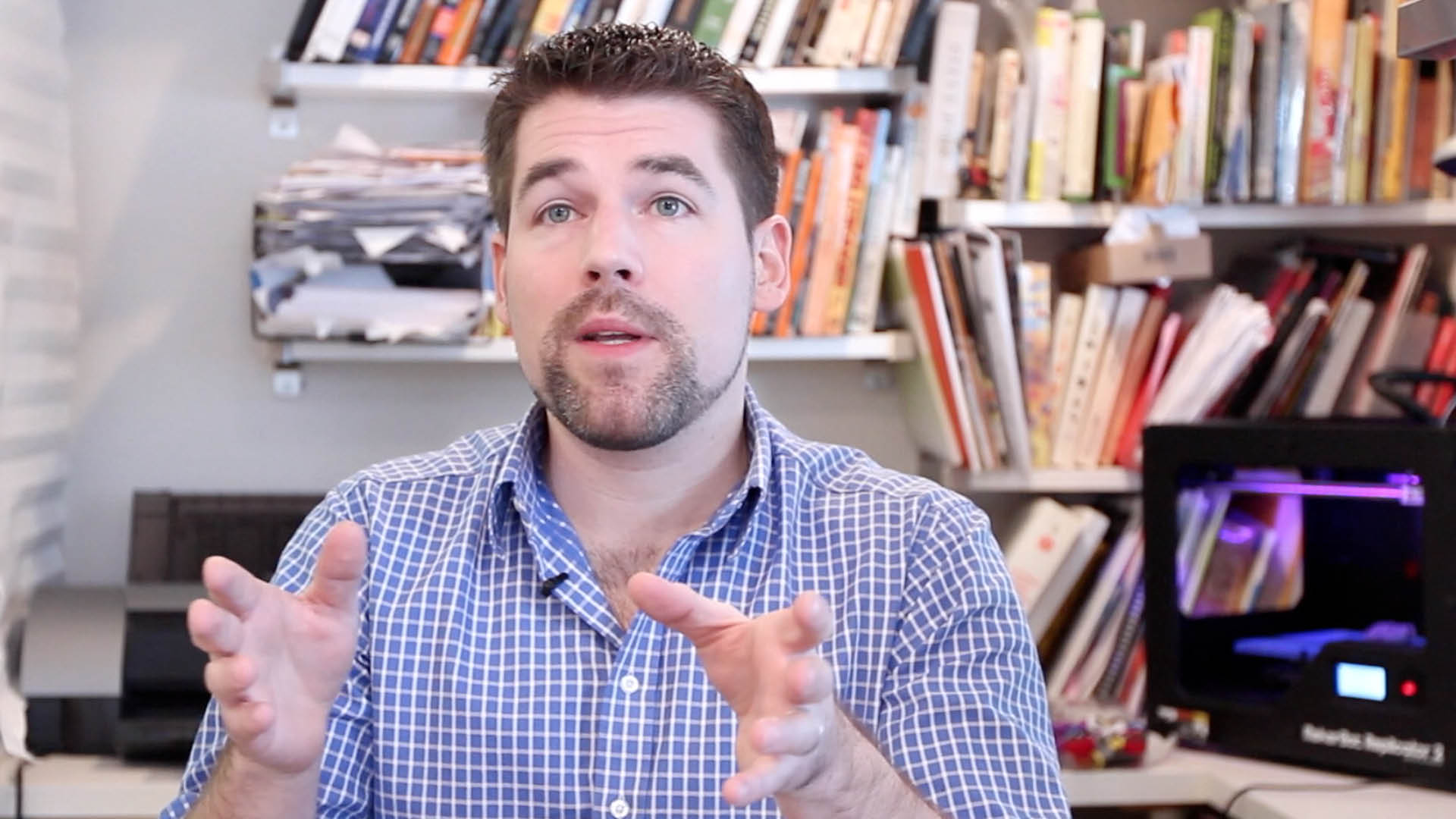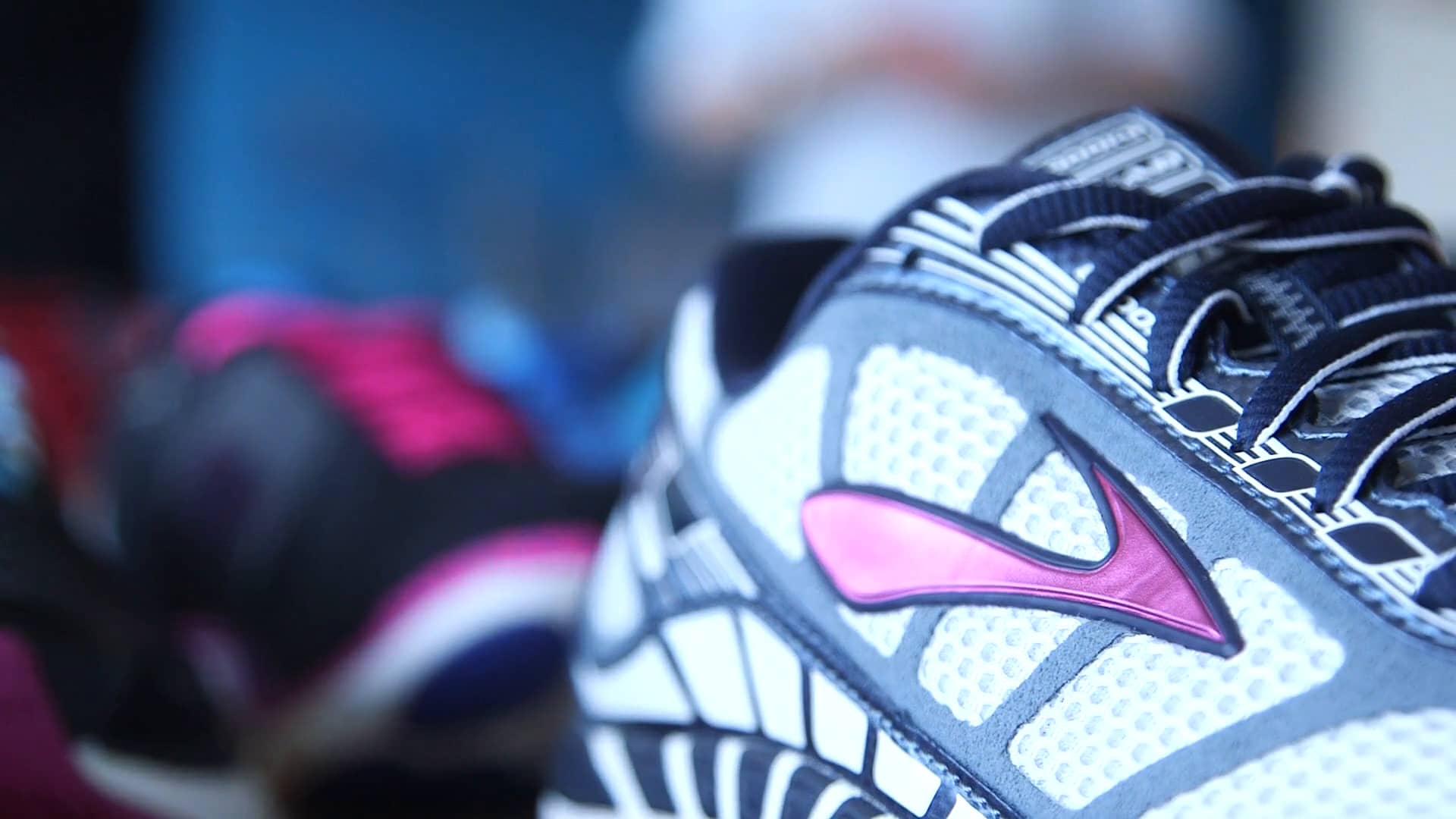Products and Services Used
Summary
- Tinta Crayons utilised Thinglab 3D printing services to turn their 3D models into unique crayon moulds.
- Thinglab used the high-resolution Formlabs Form 2 SLA 3D printers to achieve a high quality finish from the detailed Tinta Crayons designs.
 Australian company, Tinta Crayons have thought outside the crayon box for their crayon moulds. They have created different themed crayon packs and pushed the boundaries of conventional crayon shapes. To make their new venture possible, the team at Tinta Crayons employed the use of:
Australian company, Tinta Crayons have thought outside the crayon box for their crayon moulds. They have created different themed crayon packs and pushed the boundaries of conventional crayon shapes. To make their new venture possible, the team at Tinta Crayons employed the use of:
- 3D design
- 3D printing
Tinta Crayons envisaged creating crayons shaped like astronauts, aliens and rocket ships, dinosaurs, fairies and pirates and found 3D printing to be the perfect production method in creating these shapes. The Tinta Crayons team have designed these fun and creatively shaped crayons that “inspire little fingers to have big imaginations”.
The level of detail that we needed to achieve was paramount and we found that other 3D printers could not deliver the correct level of detail on the small size of our crayons. The quality and finishing of the printing was very important for us. The crayons are very tactile and we didn’t want to have visual markings left by the printing process. The team at Thinglab worked very collaboratively with us to find the best solutions and achieve the outcomes we wanted.
– Maria Fletcher, Tinta Crayons

Process
The design process for Tinta Crayons 3D printing consisted of 6 steps:
- Design Concept
Tinta crayons wanted to create fun shaped crayons. - Digital Design File
Tinta’s in-house designer created CAD files for each design. - Selection of materials
The Formlabs Form 2 with Black resin was selected for the highest detailed prints. - Prototype
An initial prototype was created and assessed for design faults and successes. - Amendments
Amendments were made to the design to fix any faults discovered during the prototyping phase. - Production
The 3D prints were used to make moulds that liquid crayon was able to be poured into.
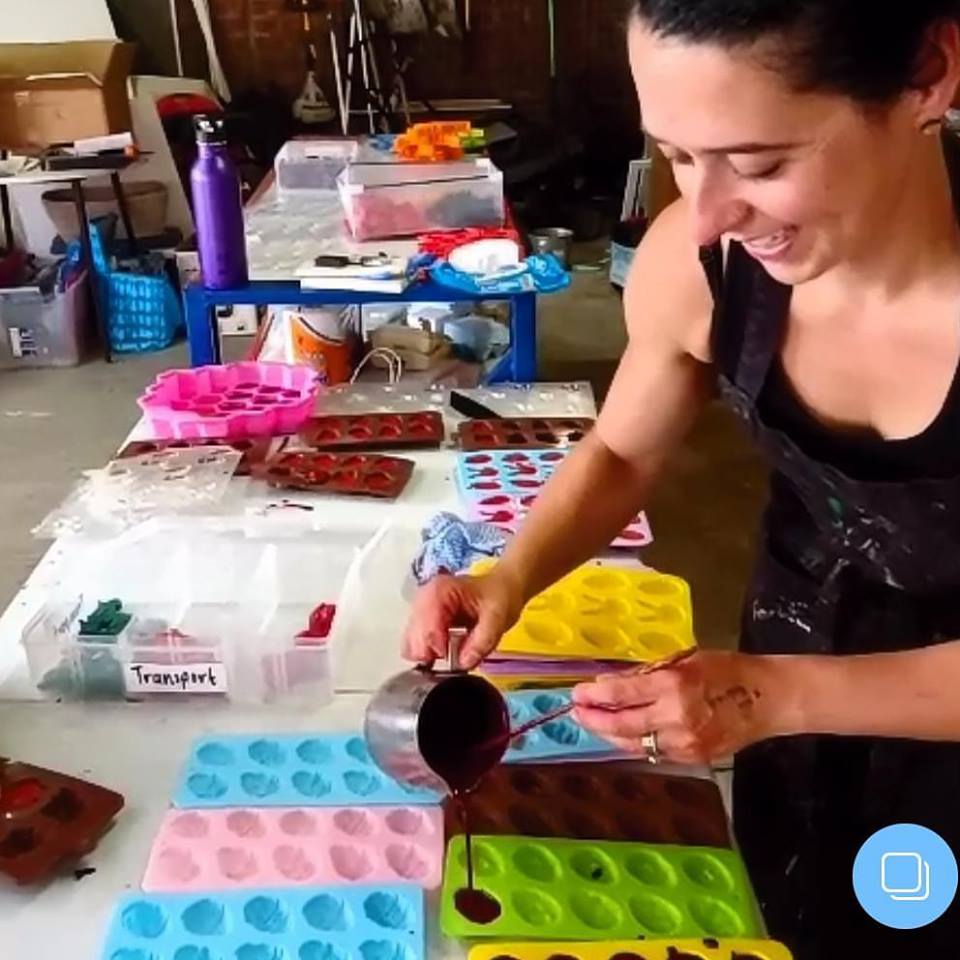
Obstacles
Problems
- Identifying a 3D printer that could deliver the level of detail on the small size crayons.
- The original design files were not compliant with the Formlabs Design Guide specifications and caused failed prints.
- Intricate details, such as the Tinta Crayons logo, were not showing on the final prints.
Solutions
- Thinglab printed the parts on the Formlabs Form 2 at 25 microns, without support, to create smooth high-detailed prints that didn’t show signs of the printing process.
- The Tinta Crayons design team altered their designs to meet the Formlabs Design Guide specifications.
- Thinglab’s 3D printing services team determined the best orientation for printing Tinta’s models.

Outcome
Some benefits Tinta Crayons found when working with Thinglab for 3D printing services were:
- Reduced production time
- Reduced cost
- Abilty to make amendments to the design
Time and money were very important considerations during the production process. Fletcher found that since implementing the use of the new moulds, “production times have dropped substantially” which allowed them to “make more crayons at once and gain efficiencies within the manufacturing process”.
Thinglab were also able to rapidly identify and address some design issues that revealed themselves through the printing process, and Tinta were able to make the necessary changes to their designs before final production, saving them money in the long run.
With the help of Thinglab 3D Printing Services team, and the Formlabs Form 2, Tinta Crayons were able to create their own custom crayons with the detail they were striving for without compromise. With reduced production time and costs as well as the flexibility to change the design on the run Tinta were extremely happy with the results.

